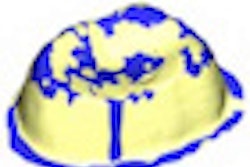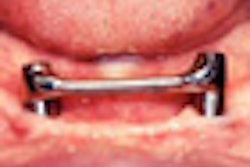Medical imaging coupled with computer-aided design (CAD) could be used to create a perfect-fit blueprint for prosthetic dentistry, according to a study in the International Journal of Rapid Manufacturing (2011, Vol. 2:1/2, pp. 104-120).
The blueprint can then be fed into a 3D printer to build an exact replica using a biocompatible composite material, according to the study authors. Such technology has been used in medical prosthetics before, but this is an early step into prosthetic dentistry using rapid prototyping.
Mechanical engineer Hossein Kheirollahi of Imam Hossein University and colleague Farid Abbaszadeh of Islamic Azad University in Iran explain how current technology used to convert an MRI or CT scan into a prosthetic component requires milling technology. This carves out the appropriate solid shape from a block of polymer but has several disadvantages, including making it difficult to carve out a complex shape such as a tooth, according to the researchers.
By contrast, rapid prototyping uses a 3D image held in a computer to control a laser that then "cures" powdered or liquid polymer. Almost any solid, porous, or complicated shape can be produced by this 3D printing technology.
Cone-beam CT, which has a lower cost and exposes the patient to a lower dose of ionizing radiation, is best-suited to the generation of the computer design for creating such dental objects ready for printing, according to the researchers.



















